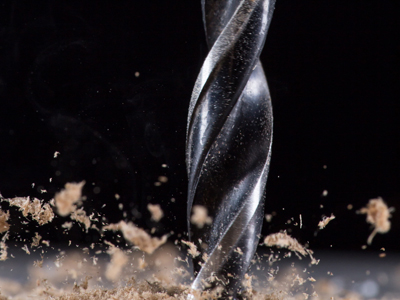

Grammar - Learning to Conjugate in the Past Tense
This Spanish Medium Review quiz will start you on the road towards learning how to conjugate verbs in the past tense. Up until now you have only learned how to speak (and write) in Spanish in the present tense. The present tense means you can only talk about what is happening right now. However, everything does not happen right now.
Some things happen in the past (like this morning, yesterday, last week, last month, last year, etc.) and some things will happen in the future (like tomorrow, next week, next month, next year, etc.). To talk about past activities, you need to use the past tense of the verbs and to talk about future activities, you need to use the future tense of the verbs. The Spanish words for 'past, present' and 'future' are: pretérito, presente and futuro. Here in the Spanish Medium Review series you are going to learn how to conjugate verbs in the pretérito tense.
Ready for more?
not all...
quizzers. Try to win a coveted spot on our Hall of Fame Page.






